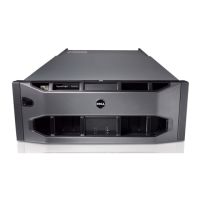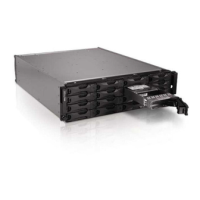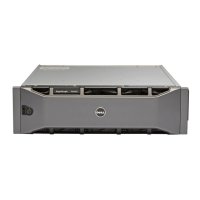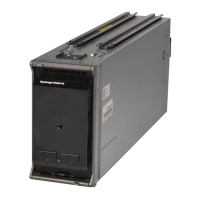March 2013 Dell EqualLogic Configuration Guide v14.1 9-91
“host access” switches. In most cases, the latter method of SAN design is preferable to the former, but
this section will describe strategies to build a SAN that consists of multiple M1000e enclosures.
As in the previous section, there are two methods that must be considered when interconnecting M-
Series I/O modules: stacking and non-stacking. Due to the limited number of external ports available
on M-Series I/O modules, stacking should be the primary method of interconnecting M1000e
enclosures as these external ports will need to be used for attaching EqualLogic arrays.
As just indicated stacking of M-Series I/O modules should be the primary method of building a
multiple enclosure SAN with arrays directly attached to the M-Series I/O modules. As with the single
enclosure discussion, stacking has some advantages and disadvantages from a network management
perspective and network availability perspective. Take this into consideration before deciding to
implement a multi-enclosure SAN using directly attached arrays.
Table 36 illustrates the primary method for building a multi-enclosure SAN with directly attached
arrays. Each M1000e enclosure should be able to host one to four arrays depending on the M-Series
I/O module used. By stacking each enclosure’s fabric I/O modules into a single stack, a single SAN
network infrastructure can be constructed.
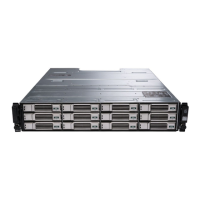
